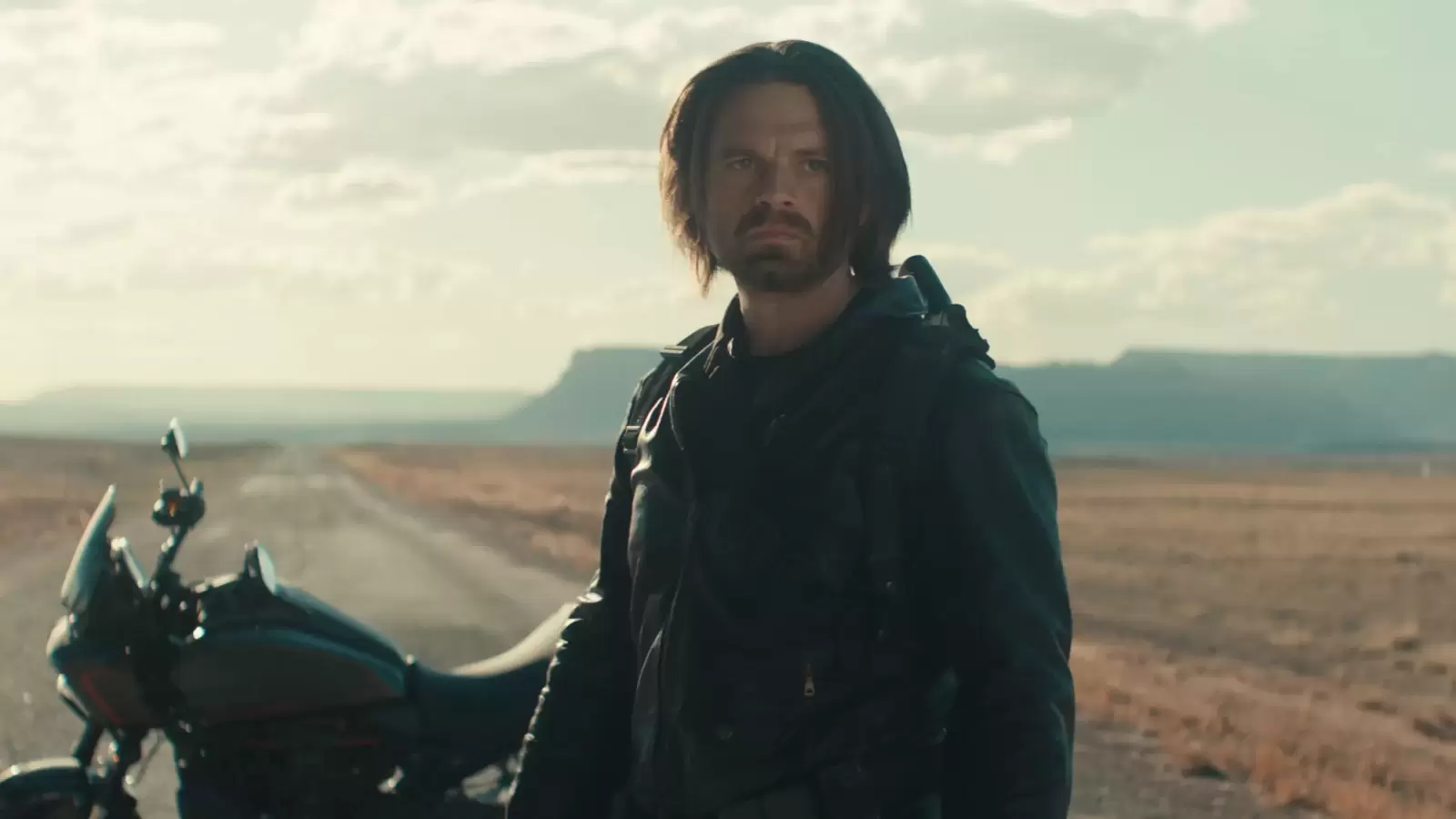New Delhi:
While the world was busy finding the mutual tariff move of Donald Trump and its fall, the United States quietly took a massive military step in the Indian Ocean and the Indo-Pacific sector.
The Pentagon ordered the largest deployment of B -2 bombers in the Indian Ocean. Satellite images have shown at least six B -2 stealth bombers standing with the runway of the military base in Diego Garcia – a joint Indian Ocean military base of the US and Britain. There may be more in shelter or hangar by satellite or radar.
There are a total of 20 B -2 stealth bombers in the United States – the world’s most advanced military aircraft, six of which have now been deployed in the Indian Ocean region – is about 30 percent of its fleet, which is accounting for a large -scale strategic move.

This satellite image of Planet Labs PBC shows six American B -2 bomber plane in Diego Garcia (AFP Photo)
In addition, the US plans to extend the presence of its aircraft carrier in the Indo -Pacific region in one to three – two Indians and one in the Western Pacific region, near the South China Sea, to one.
The Pentagon plans to move to the Middle East for the USS Carl Vinson, while the USS Harry S. Truman will continue opes from the Arabian Sea. Third aircraft carrier – USS Nimitz and its carrier strike group fleet will move towards South China Sea.
But this is not the end of mass deployment around Asia. Pentagon spokesperson Sean Parnell said US Defense Secretary Peter Hegseth has also ordered “the deployment of additional squadron and other air assets that will further strengthen our defensive air-support capabilities.” However, he did not say what would include these squadron or assets.
Why suddenly mass deployment?
After a sudden and large-scale military deployment, the Pentagon justified, saying “this has been done to improve the US defensive currency in the region. The United States and its partner are committed to regional security, and are ready to respond to any state or non-state actor, seeking to broaden or grow conflicts in the region.”
Yemen and Hauthis
Although no country or terrorist organization was directly nominated, many defense analysts point to the position of Middle East and South Asia – especially Iran and Yemen. In the last fortnight, US President Donald Trump has steadily increased military operations against Yemen -based Hauthis – a terrorist group supported by Iran – which is targeting American traders and military ships on American support to Israel. Iran and all its “proxy” are supporting Hamas – an American designated terrorist organization in Gaza, currently in war with Israel.
But defense experts say that the scale of American military deployment is very large only for Houthis or for Iran. They argue that two B -2 bombers – with a payload capacity of 30,000 pounds – will be more than enough to deal with terrorists in Yemen.
Last week, Donald Trump openly warned Hauthis and her backers in Iran. In a post on his social media platform Truth Social, President Trump wrote, “Stop shooting on American ships, and we will stop shooting on you. Otherwise, we have only started, and real pain is yet to come, for both Hothis and their sponsors in Iran.”
Iran’s nuclear facilities
In the last month, Donald Trump has increased the pressure on Iran to resume his nuclear deal – a step that Tehran has dismissed outright. In an interview by Fox News last month, President Trump said, “Iran can be handled in two ways: military, or you make a deal. I would prefer to make a deal, because I don’t want to hurt Iran.”
Donald Trump called a “poor nuclear deal” with Iran during his first term. Now he wants Iran to engage in conversation to bring a new and better nuclear deal.
In his tenure of 2017-2021, Donald Trump withdrew from the 2015 deal between Iran and the world powers, which put strict limitations on Tehran’s disputed nuclear activities in exchange for relief of sanctions. President Trump also reiterated US sanctions.
But since then, Iran has crossed the limit of that deal on uranium enrichment.
President Trump now wants a new deal, and has not denied the use of force. Washington can consider destroying Iran’s nuclear features and laboratories, and thus ending Iran’s nuclear weapon program, should Tehran not be ready to talk.
Speaking about Iran, Pentagon spokesman Sean Parnell said on Thursday that “the Defense Secretary continued to clarify that, Iran or its estimates should threaten American personnel and interests in the region, the United States will take decisive action to protect our people.” However, he did not mention anything about nuclear talks with Tehran.
China and Russia
The purpose of such a large deployment of the US’s most advanced fighter aircraft, bombers, and aircraft carriers is also to send a signal to China and Russia, which is Iran’s ally in the region.
Washington’s move to deploy USS Nimitz Career Strike Group in Western Pacific has also sent a clear message to Beijing that the US is serious about the safety of its interest in the Indo-Pacific sector.
And the deployment of USS Carl Vinson in the Middle East sends a similar message to Moscow.










